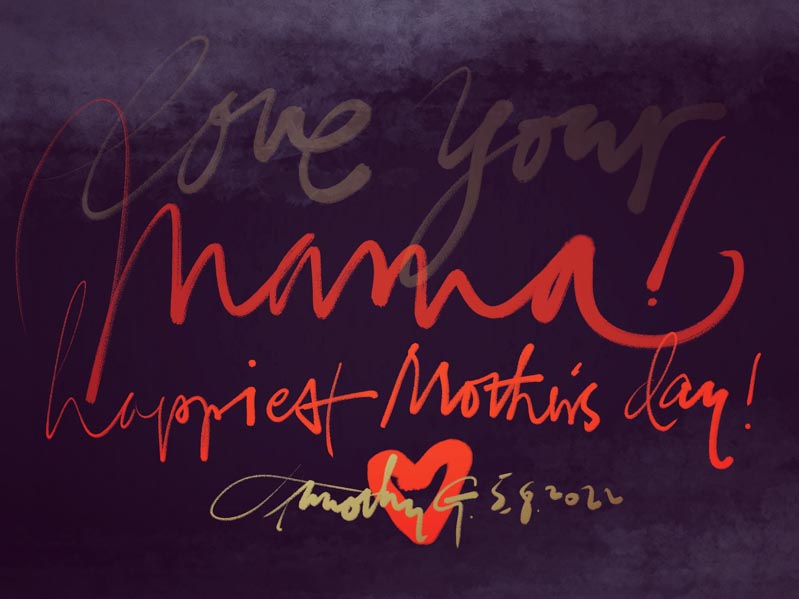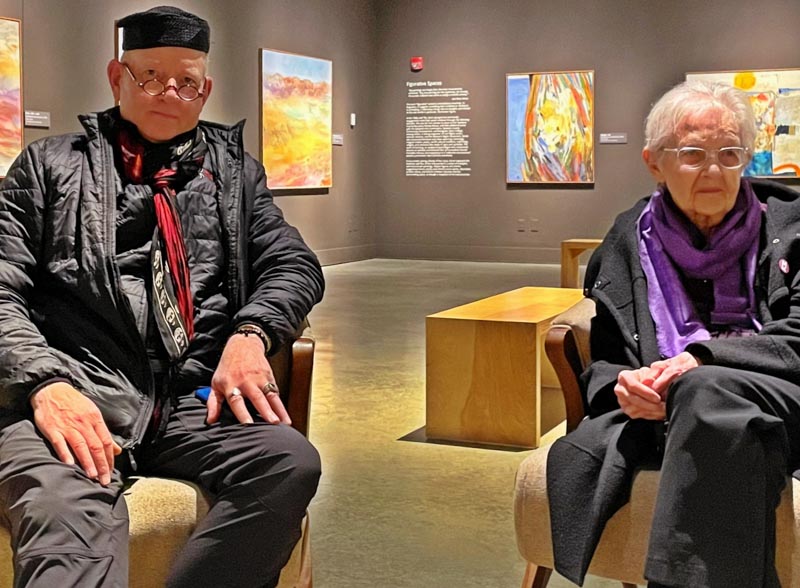
Memories of my Mother
As some know, my Mother recently died—our celebration of life emerges in days, and that, of course, is cause for a meditation on my learnings with her, her influences and profound impetus on my life. The alignment with creativity, motherhood and the feminine principle for me literally began with her. During my high school years, Lila Girvin, Mom, was very spiritual, and her explorations were wide-ranging, from our earlier familial Episcopalian church-going, to a Unitarian relationship. All of this spiritual reckoning was combined with a Tibetan Buddhist alignment with the soulful leadership at Sravasti Abbey, a compound led by women, founded by the Venerable Abbess Thubten Chodron, in Newport WA. Meditation practices in our family were regular.
During this time—the 70s, Mom founded a community group for studying the work of Carl Gustav Jung, the Swiss psychologist—who offered a theory of archetypes, a global, humanity-wide patterning of repeating psychic themes—which manifest in mythological narratives, art and cultural expressions. The Jungian Confrerie describes
this patterning as:
“In Jungian psychology, the mother archetype is associated with qualities such as nurturing, love, compassion, and protection. It is often depicted in myths, stories, and religious traditions as a symbol of the feminine principle, representing the qualities of fertility, creativity, and abundance.Jung saw the mother archetype as an important aspect of the individuation process, which is the journey towards self-realisation and wholeness. The mother archetype can represent the individual’s own inner nurturing and caring qualities, as well as the influence of their mother or other maternal figures in their life.”
I spent time in these sessions, and learned about this theory, as well as the particular archetype of the Great Mother, particularly in the Bollingen series analysis, “The Great Mother” authored by Jung’s student,
Erich Neumann.
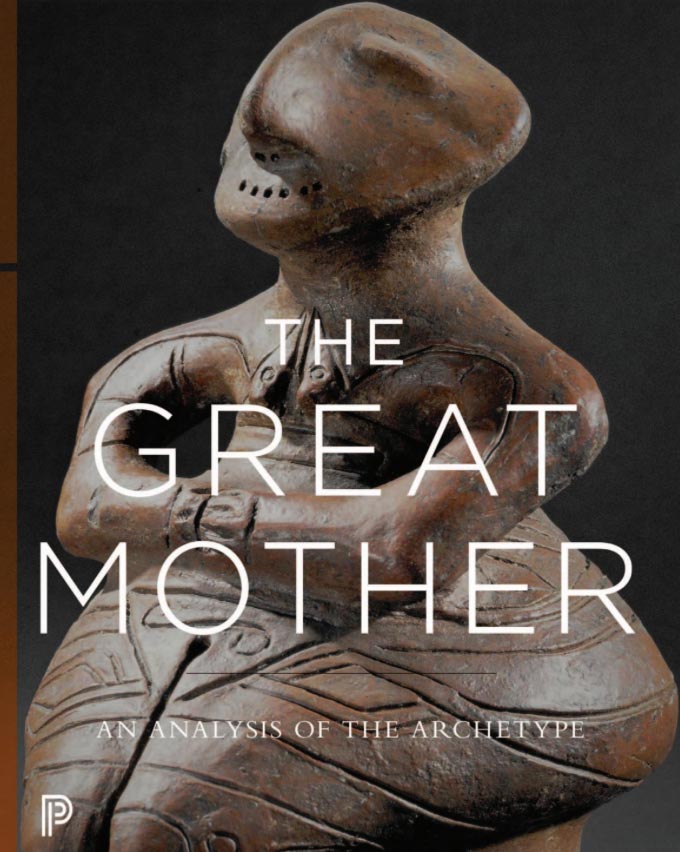
During college, I studied ancient history, languages, art and
the cultural, thematic patterning of the Great Mother,
a Divine Matrix, the mother that is at the heart
of everything creative, as an ancient tradition.
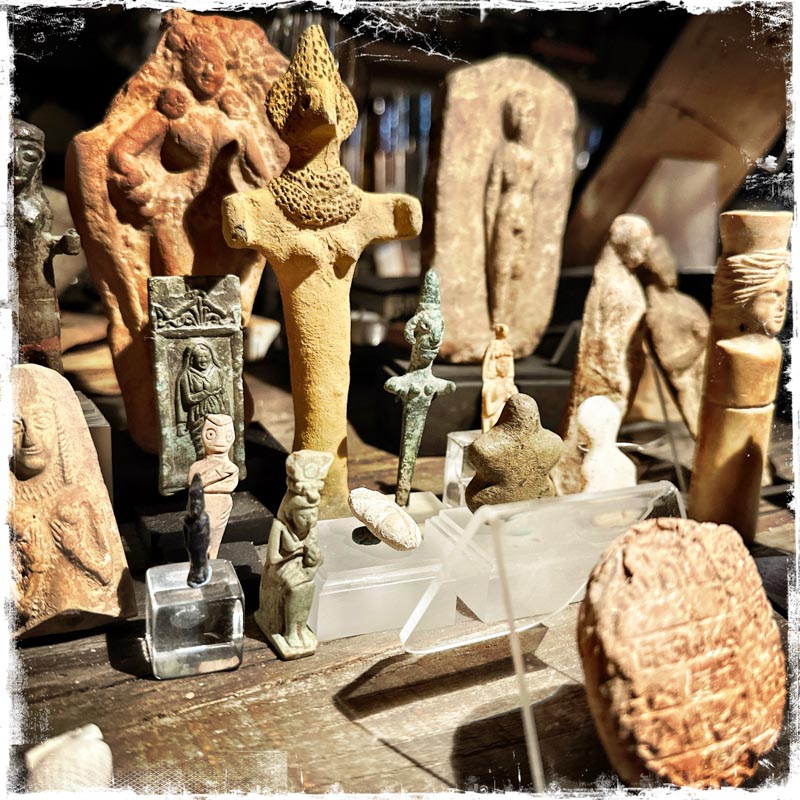
Roman, Egyptian, Mesopotamian and Paleolithic Mother figures
That study of the ancient figures recurs to this day in decades of collecting and investigating sculptural figures from 2000 BCE—in the ancient Near East, India, eastern and northern Europe, as well as the Mediterranean. This type of figure was carried as a household or nomadic tutelary form—with names like Astarte, Ishtar, Lilith, Ninhursag, Ninlil, Gaga, and Antu—as well as the Egyptian figures like Tenenet, Hathor, Bastet, Neith, and Serket.
Everyone knows of the Greek pantheon of many narratives around the goddesses,
Athena, Artemis, Demeter, Hera, Hestia and Hecate
which transitioned to Etruscan and Roman feminine mythic figures.
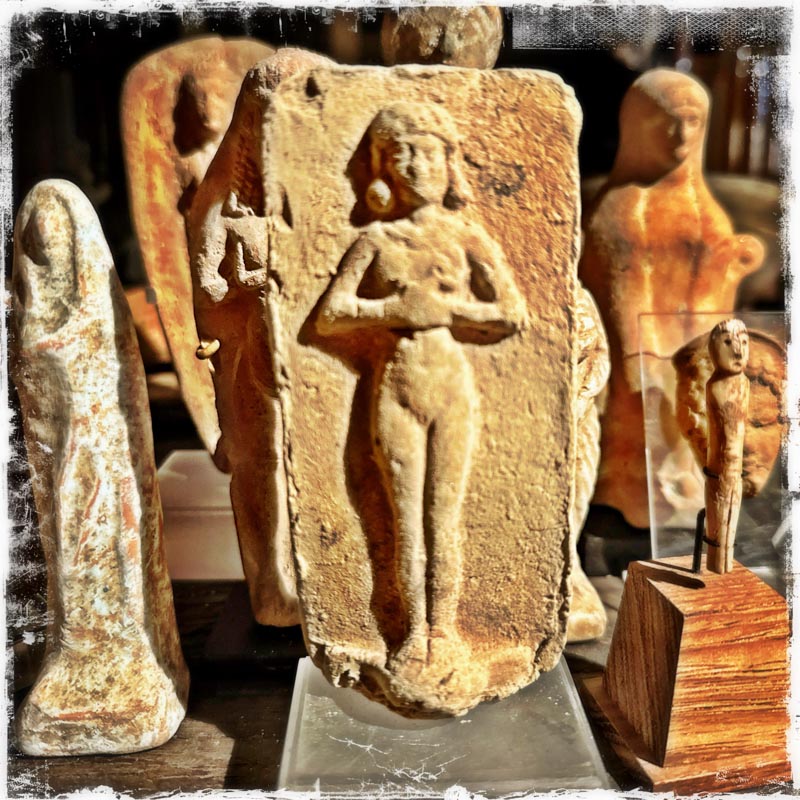
Boeotian, Roman and Inuit household and portable tutelary presences for pilgrims
In the Christian tradition, the Virgin Mary, as some scholars propound is, too, an expression of the divine feminine as Mother of Jesus, protectress of women and children, and the ever-patient, compassionate figure that she represents to millions of people, worldwide.
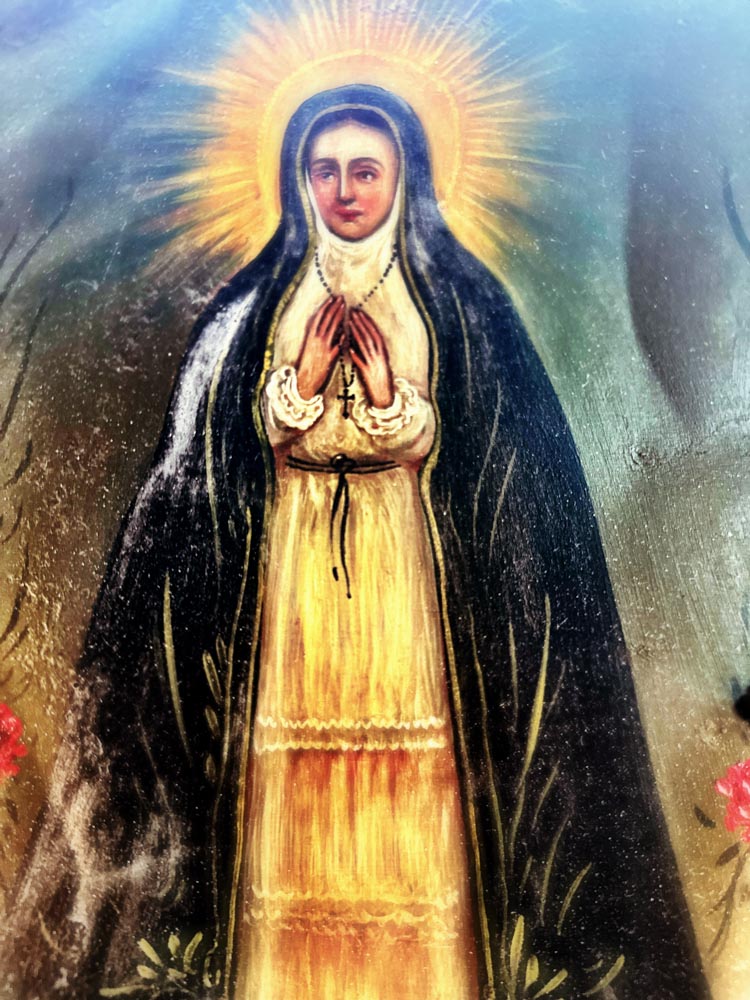
A Mexican 19th century tintype painting of Madonna
Obviously, Mom created me, so I’m grateful for that one act, but—as many know—she also made many other things, 100s of paintings, cultural, art commitments and contributions, counsel to my two daughters in a way that only a Grandmother can intone.
But, more so, it was spending time together in the painting studio, above our Spokane Perry St. house, me—drawing with paper and pencils, on the floor, while she painted, mixing pigments, pouring out great washes of color. And happily, as a solidly sensate memory, I recall the prevalent scent of turpentine, linseed oil and paints, brushes and canvas. Writing this, the fragrances come to memory—clear as the moment of their opening to the air.
What’s any of this mean for a designer, brand counselor or experiencer?
In a manner, as a creative, I’m looking the meaning of the work—the spark of the craft—how we do the work, what influences and inspires us, how we came into this character of being. Of course, you can apply this anywhere—“what lies on the surface, and what lies beneath.”
You might contemplate that—what that means for you, your work,
and remember your Mother.
Always
Tim | GIRVIN | Strategic Brands
Follow Us:
Facebook LinkedIn Instagram Behance
